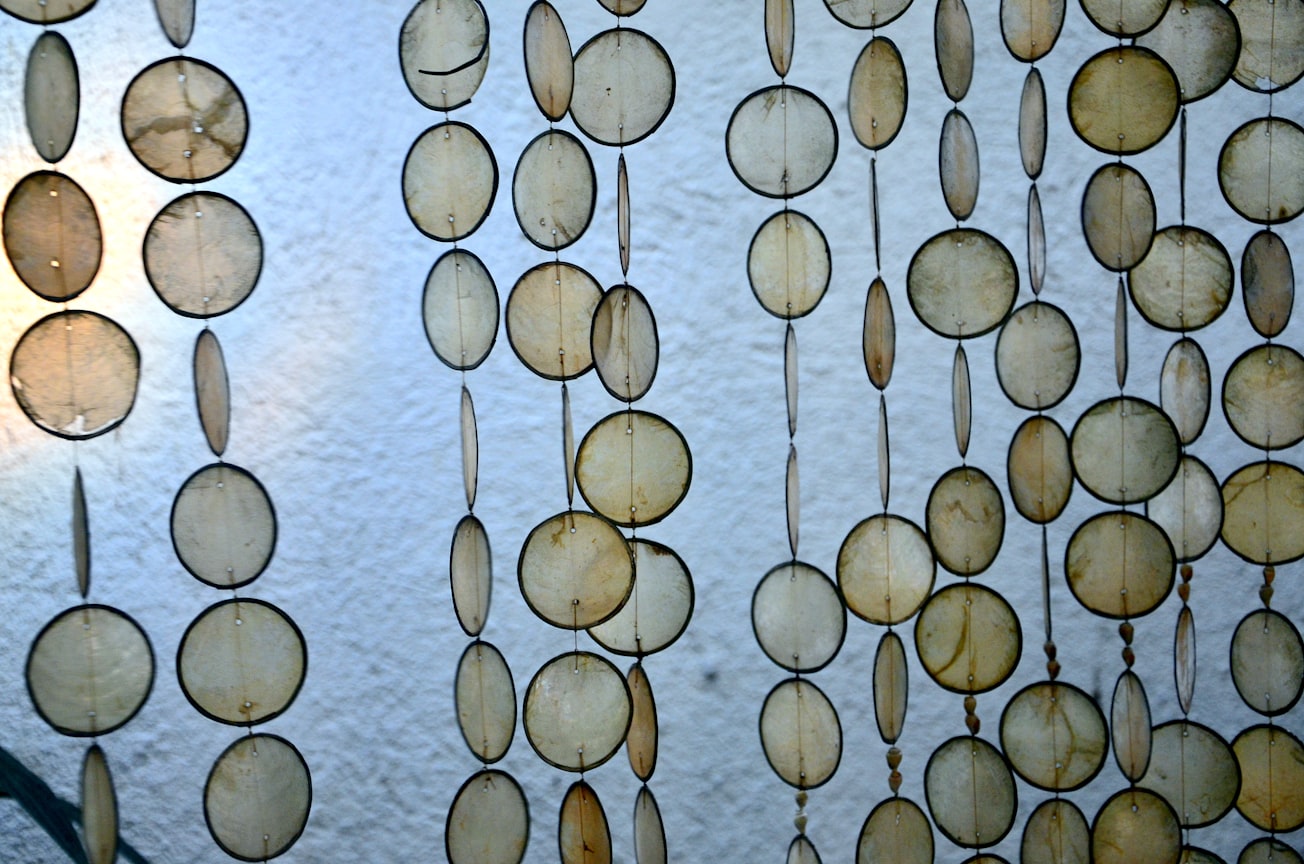What is it about?
Many receptors signal upon phosphorylation of tyrosine residue in their cytosolic tail. We reveal a cellular mechanism that regulates tyrosine phosphorylation in the cytosolic tail of a receptor that governs the responses of human natural killer (NK) cells. This mechanism involves electrostatic interaction, of unusual features, of the cytosolic tail of killer-cell immunoglobulin-like receptor (KIR) with the inner leaflet of plasma membrane. Our results suggest that the interaction sequesters the tyrosines in the lipid bilayer to prevent their spontaneous phosphorylation, and dictates the threshold of ligand-induced receptor triggering in human NK cells.
Featured Image

Photo by Antonio Castellano on Unsplash
Why is it important?
Our observation that the strength of KIR signaling can be modulated through the electrostatic interaction of its cytosolic tail with the plasma membrane could be relevant for achieving a regime of KIR signaling that provides effective relief of inhibition and yet keeps NK cells responsive. The interaction of disordered KIR tail with the plasma membrane represents an electrostatic interaction that is unusual in being controlled by segregated clusters of acidic and basic residues in a protein disordered region. This mode of engagement has several unusual features: i) it allows a neutral polyampholytic disordered region of protein to interact electrostatically with the plasma membrane, ii) it does not induce helix formation in the protein disordered region, and iii) it confers to the protein disordered region intrinsic abilities of both binding to and unbinding from the plasma membrane. Simulation with designed sequences have suggested that linear segregation of acidic and basic residues can lead to intrachain electrostatic interactions, and thereby can dictate conformational ensemble of polyampholytic disordered regions of proteins. Our experiments with KIR cytosolic tail validate this sequence-conformation relationship and provide a cellular function to it. Thereby, our findings extend understanding of the biology of protein disordered regions.
Read the Original
This page is a summary of: KIR signaling is regulated by electrostatic interaction of its cytosolic tail with the plasma membrane despite being neutral polyampholyte, Proceedings of the National Academy of Sciences, December 2022, Proceedings of the National Academy of Sciences,
DOI: 10.1073/pnas.2212987120.
You can read the full text:
Contributors
The following have contributed to this page










